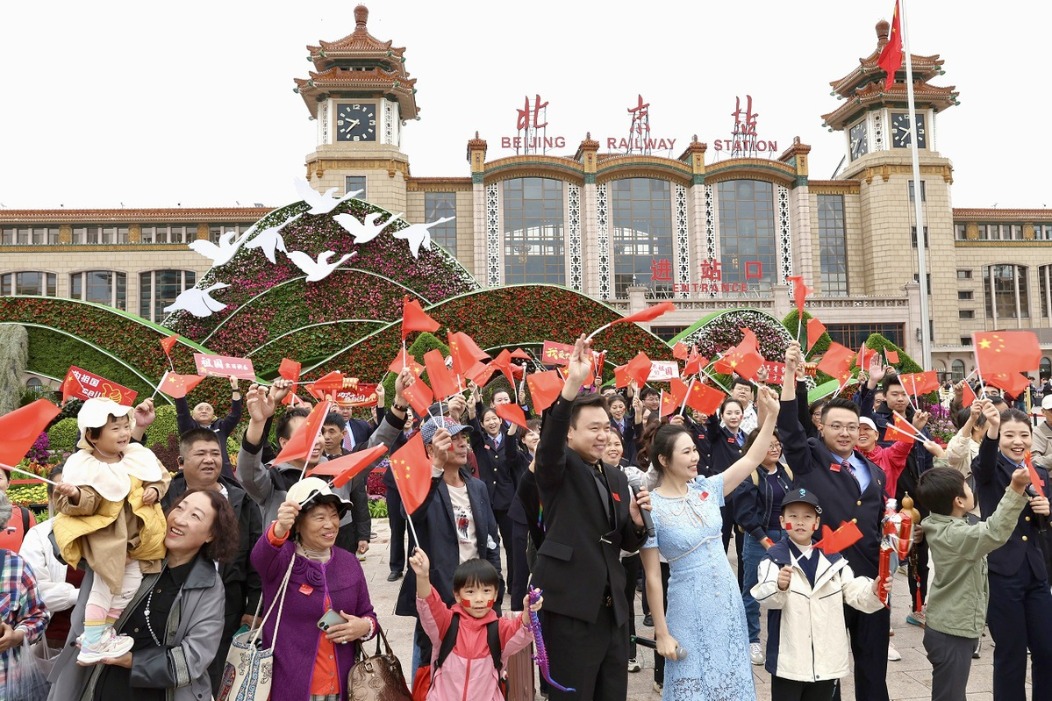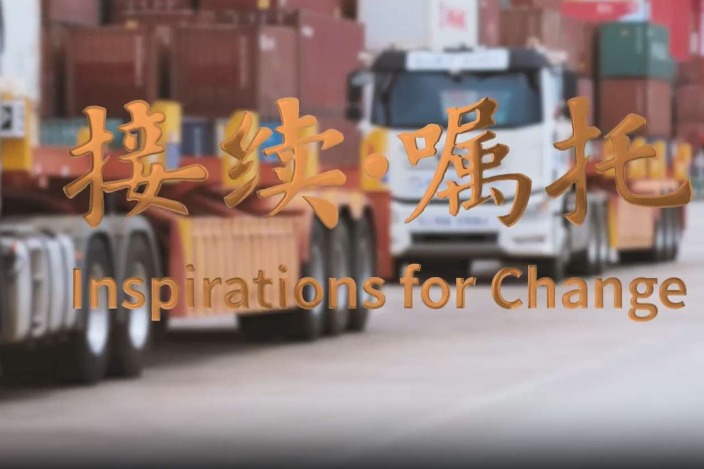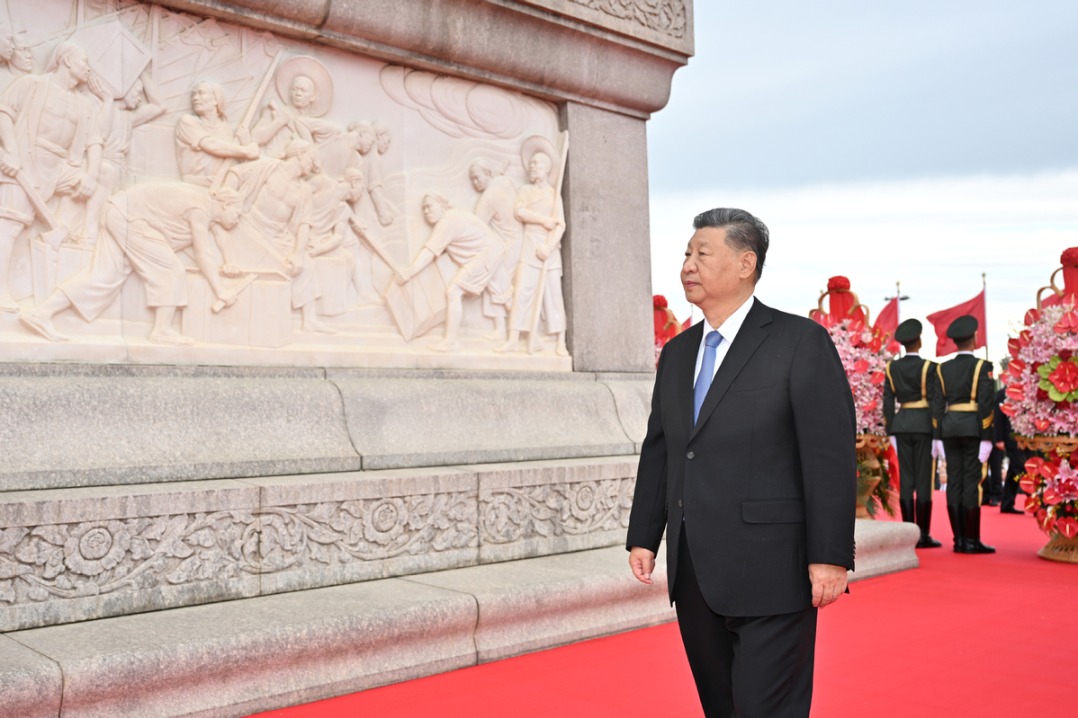Guideline cleans up pollutants
Bodies working together to strengthen sewage treatment, emission controls
By Hou Liqiang | China Daily | Updated: 2024-01-12 07:45
Three national government bodies made public a guideline on synergizing sewage treatment and carbon emission control, vowing to build 100 exemplary low-carbon sewage treatment plants by 2025.
The country also aims to raise the utilization rate of recycled water to over 25 percent in all prefecture-level cities that suffer water scarcity by that time, according to a document issued by the National Development and Reform Commission, the Ministry of Housing and Urban-Rural Development, and the Ministry of Ecology and Environment.
The guideline details a series of measures to enhance energy efficiency and bolster greenhouse gas control in the sewage disposal sector. The country, for instance, will optimize the layout of sewage treatment plants to avoid lengthy transportation of wastewater for disposal, it said.
More underground sewage treatment plants will be built in cities with scarce land resources, it notes.
The spaces above such facilities will be used to build parks so as to improve the urban living environment and increase carbon sink capacity.
It also vows to accelerate the phasing out of sewage treatment facilities with low energy efficiency while promoting the application of energy-efficient ones.
China will also make efforts to tap the application of heat pumps in sewage treatment plants to provide air conditioning for nearby communities, it said.
A heat pump extracts heat from a source, such as geothermal energy stored in the ground or waste heat from a factory, and transfers the heat to where it is needed.
Transferring rather than generating heat is far more efficient than traditional air conditioning technologies.
According to the guideline, China will also promote the application of solar photovoltaic power generation systems in sewage plants in regions with rich solar resources, making full use of available spaces such as rooftops.
Another major concern in the document is the disposal of sludge.
Instead of turning to landfills for sludge disposal, China will make greater efforts to promote the utilization of sludge as a resource, it said.
The country will ramp up efforts to collect more methane, a heat-trapping gas much more potent than carbon dioxide, from sludge for utilization. More power generation stations fueled by the flammable gas will be built in sewage treatment plants.
Some sewage treatment plants across the country have built up such power stations to control methane emissions and generate green power.
The Beijing Drainage Group, for instance, has put such a power station go into operation in its Gaoantun sewage treatment plant in the capital in October.
Making full use of the 20 million metric tons of methane generated in sludge disposal, the station can produce 30 million kilowatt-hours of electricity a year, equivalent to reducing carbon dioxide emissions by 18,000 tons.
The document said China will promote the consumption of reclaimed water in high water-consuming sectors, including car washes, golf courses and skiing facilities.
houliqiang@chinadaily.com.cn
























